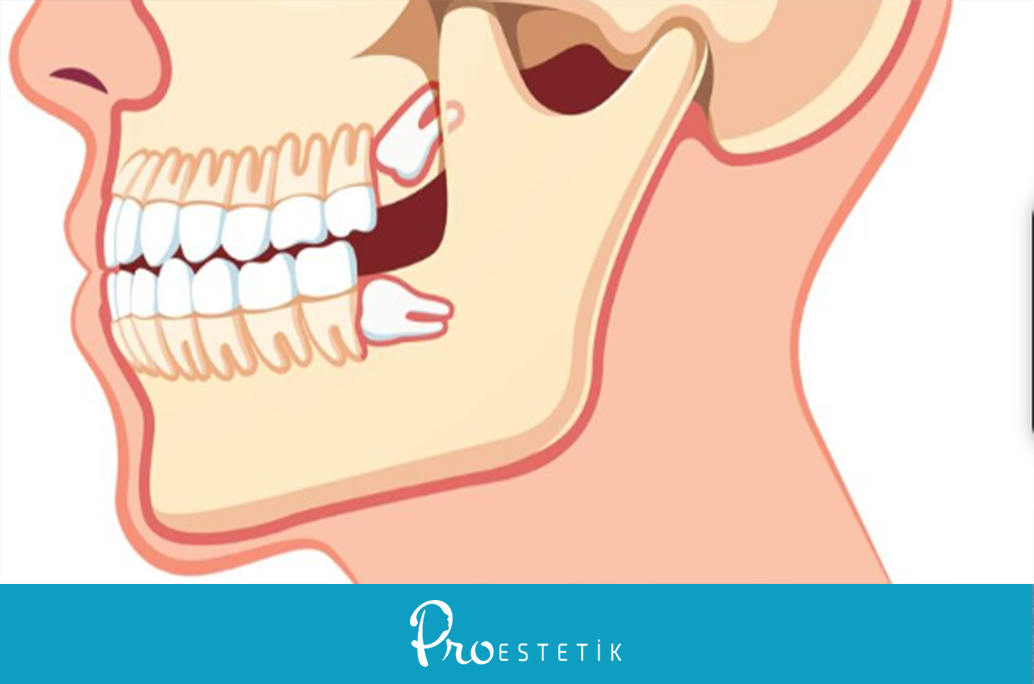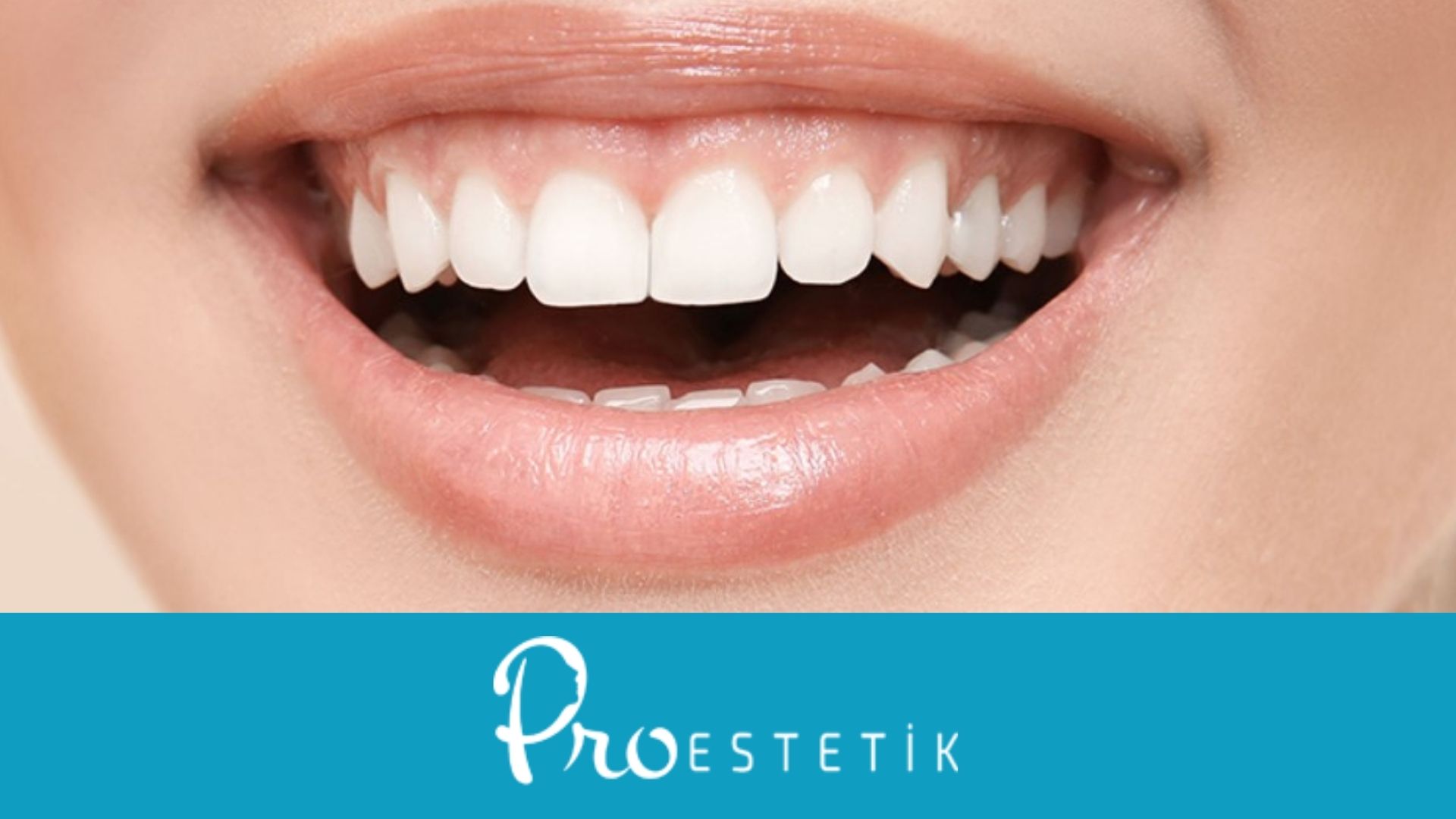Diastema, commonly known as gap tooth, is a medical term used to describe a gap or space between teeth. It can occur due to various reasons such as teeth not aligning properly or differences in tooth sizes. Diastema is often observed between the upper front two teeth but can also occur between other teeth. Both children and adults can have gap teeth, which not only create aesthetic concerns but also negatively impact speech and chewing functions.
Causes of Gap Teeth:
- Size Discrepancy in Teeth: When teeth are smaller than usual or there are differences in tooth sizes, they may not align properly, resulting in gaps between them.
- Habits: Certain habits like prolonged thumb sucking or pacifier use in children can lead to diastema. Incorrect swallowing patterns where the tongue pushes against the front teeth over many years can also cause gaps between teeth.
- Gum Growth: Overgrowth of gum tissue between the front two teeth can cause them to separate.
- Tooth Loss: After tooth extraction, adjacent teeth may shift towards the gap if a replacement is not provided promptly, leading to diastema.
Treatment Methods for Diastema:

Orthodontic Treatment:
Orthodontic treatments are commonly considered for diastema caused by misalignment of teeth. Metal or clear braces or clear aligners can be used to close the gap between teeth. The choice between braces and aligners depends on the recommendation of the dentist. Regardless of the method used, orthodontic treatments effectively eliminate the gap between teeth.
Porcelain Veneers:
Porcelain veneers, also known as laminates, are another treatment option for diastema. Thin porcelain shells are bonded to the front surface of teeth to improve their appearance and close gaps. This treatment offers aesthetic benefits by providing a natural look and is less invasive compared to crowns as only a minimal amount of tooth enamel needs to be removed.
Bonding:
Bonding is a popular option for those who prefer non-orthodontic treatments. It involves applying a tooth-colored composite resin to the teeth to reshape them and fill in the gaps. Bonding is a relatively quick and painless procedure that provides immediate results in closing the gap between teeth.
Each diastema case is unique, and the choice of treatment depends on factors such as the underlying cause and the patient's preferences. Therefore, it's essential to consult a dentist to determine the most suitable treatment option.

 English
English Turkish
Turkish Deutsch
Deutsch العربية
العربية![[:en]What is Diastema (Gap Tooth)? What are the Treatment Methods?[:tr]Diastema (Ayrık Diş) Nedir? Tedavi Yöntemleri Nelerdir?[:de]Was ist Diastema (Zahnlücke)? Welche Behandlungsmethoden gibt es?[:ar]ما هو الفجوة بين الأسنان (دياستيما؟) وما هي طرق العلاج؟[:] diastema](https://proestetik.com.tr/wp-content/uploads/2023/06/diastema.png)










